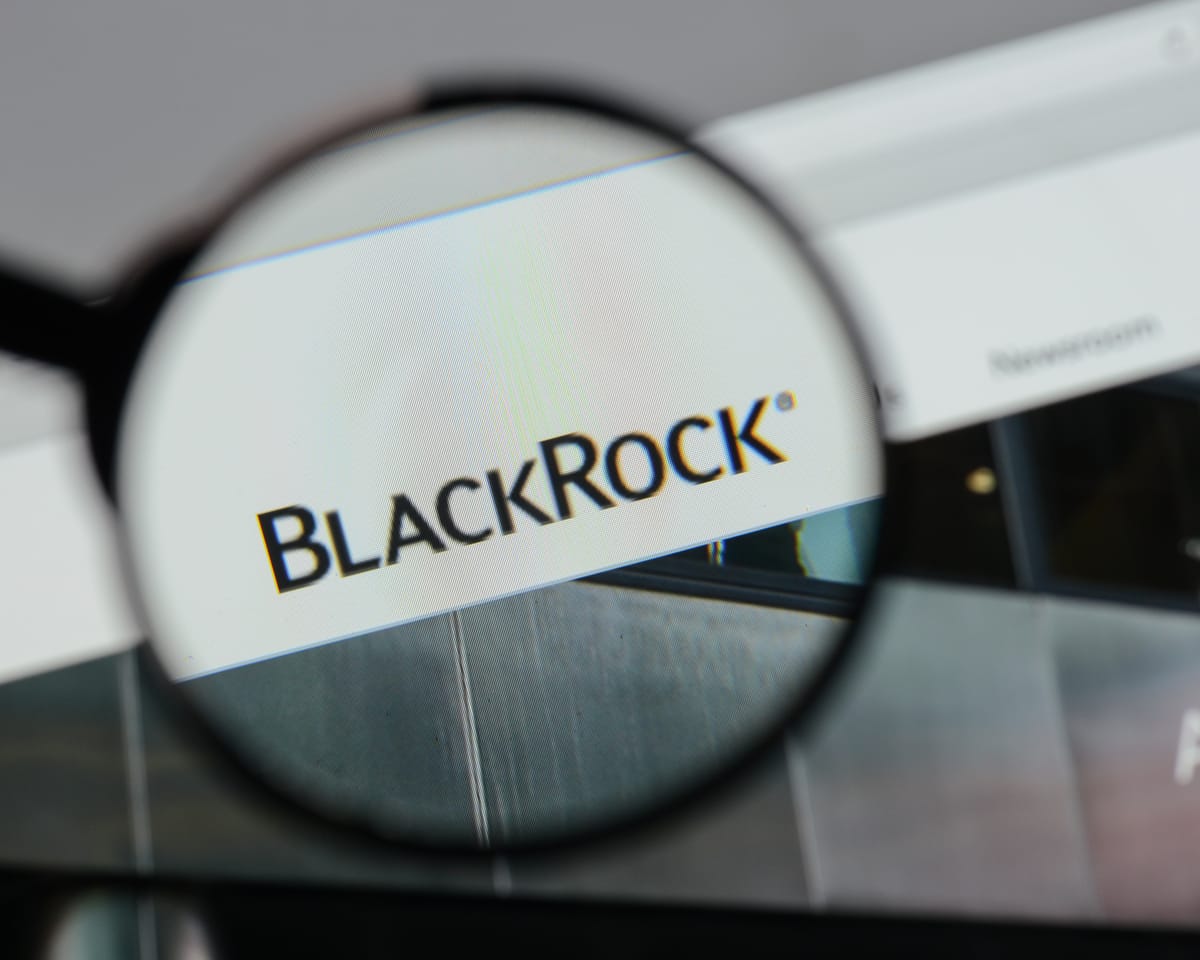BlackRock: How the World’s Largest Asset Manager Works

BlackRock Inc. is an American asset management company headquartered in New York and registered with the U.S. Securities and Exchange Commission (SEC) as an investment adviser.
BlackRock Inc., as per its 2024 annual report and SEC filings, holds the prestigious title of the world's largest asset manager, with a staggering USD 11.55 trillion in assets under its management as of 31 December 2024.
The company’s role is to manage money on behalf of its clients.
In its official filing with the SEC, BlackRock describes itself as “a fiduciary to its clients”—meaning it invests their assets across global markets while acting in their interest.
The capital under management comes from institutions such as pension funds, insurance companies, and sovereign wealth funds, as well as from private investors who access BlackRock products through investment platforms or exchange-traded funds (ETFs).
BlackRock earns its income mainly through management and advisory fees charged as a percentage of the assets it oversees. Additional revenues come from technology services, particularly through its Aladdin platform. This proprietary system provides portfolio management, trading, and risk-analysis tools for both the company and external institutional clients. Aladdin integrates data and analytics so that large investors can monitor exposures and simulate market scenarios. In 2024, technology services, primarily driven by Aladdin, generated about USD 1.6 billion in revenue according to the company’s annual report.
Investment Structure
BlackRock organizes its investment activities into several main categories, each with its unique approach and benefits for clients:
- Index Investments – passive portfolios that replicate the composition and performance of market indices such as the S&P 500 or MSCI World.
- Active Strategies – portfolios where investment teams select securities to outperform benchmark indices.
- BlackRock's investment Strategies are diverse, including investments in real estate, infrastructure, private credit, and other non-public assets. This diversity ensures the company's adaptability and resilience in the ever-changing market conditions.
- Cash and Liquidity Management – short-term, low-risk instruments used by corporations and institutions for capital management.
BlackRock’s most recognized brand is iShares, a family of ETFs that allows both institutional and retail investors to gain diversified exposure to global markets at low cost.
At the end of 2024, the company reported the following long-term asset mix:
USD 4.23 trillion in ETFs (iShares),
USD 5.38 trillion in institutional mandates (active and index),
and USD 1.02 trillion in retail products such as mutual funds.
An additional USD 0.92 trillion was managed in cash portfolios.
(Source: BlackRock 2024 Annual Report; SEC Form 10-K 2024)
Within institutional mandates, pension funds represented about 63 percent of institutional long-term assets, insurance companies 13 percent, taxable institutions 17 percent, and official institutions such as central banks and sovereign wealth funds around 5 percent.
By geography, the distribution was 68 percent Americas, 24 percent EMEA, and 8 percent Asia-Pacific.
Ownership and Market Presence
Because many of BlackRock’s products track public-market indices, the firm frequently appears among the largest shareholders of major listed companies.
Its positions typically range between five and eight percent of outstanding shares in large-capitalization corporations.
These holdings are on behalf of fund investors and are not owned directly by the firm.
Voting and governance decisions follow procedures outlined in its published stewardship policies, and specific institutional clients can cast their own proxy votes through BlackRock’s “Voting Choice” program introduced in 2023.
Real-Estate and Housing Exposure
BlackRock also operates institutional real-estate funds and infrastructure vehicles, focusing mainly on multifamily, commercial, and infrastructure assets.
Public filings do not show significant involvement in single-family residential housing.
Data from the U.S. Government Accountability Office (GAO) report Institutional Investments in Single-Family Rentals (2024) indicate that institutional investors collectively own a small share of the national single-family rental stock. However, concentrations are higher in some metropolitan regions—approximately 25 percent in Atlanta, 21 percent in Jacksonville, 18 percent in Charlotte, and 15 percent in Tampa.
The GAO report does not list BlackRock among the major single-family rental operators.
Capital Allocation
BlackRock reinvests part of its earnings into technology, data systems, and new investment capabilities while returning capital to shareholders through dividends and share repurchases.
In 2024, the company paid USD 3.1 billion in dividends and repurchased USD 1.6 billion of its own shares, totaling USD 4.7 billion returned to shareholders.
(Source: BlackRock Earnings Release, January 2025)
Summary
All data cited originates from BlackRock’s 2024 Annual Report, SEC Form 10-K, and the U.S. Government Accountability Office (2024).
Together, they outline a company whose business is to manage client capital across public and private markets, supported by its own technology infrastructure and operating under regulatory oversight as a registered investment adviser.
Sources:
BlackRock Annual Report 2024; U.S. SEC Form 10-K (2024); BlackRock Earnings Release January 2025; U.S. Government Accountability Office Report Institutional Investments in Single-Family Rentals (2024).



